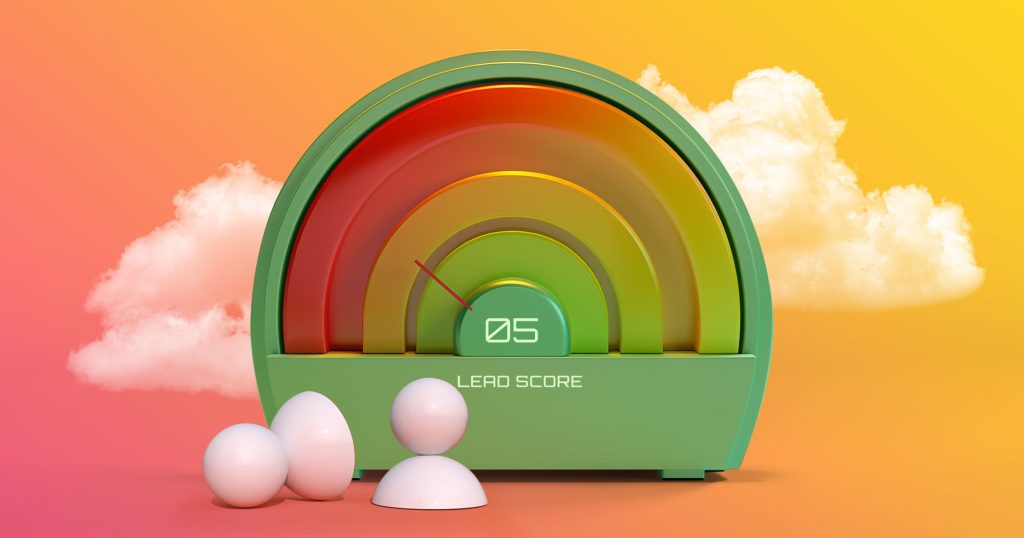Creating outreach tactics is a real passion of mine. I’m always up for an experiment! Yet, running an A/B test will only show how the tactic works with a small audience segment.
To see the bigger picture, you need more data. Luckily, our team has access to millions of emails sent daily through our platform (of course, anonymized and in full compliance with our privacy policy). This is how Reply Research – a series of data-backed blog posts exploring different aspects of outreach – came to life.
In a previous issue, we’ve already explored the potential impact emojis and attachments can have on your cold email performance – which is overall quite positive. But there are more ways to make your messages stand out.
If you’re looking to go all in with visual prospecting, this is the best place to start. In this post, we will try to figure out how images and GIFs might influence your cold email open and reply rates. The insights we share in this post are based on the data obtained by analyzing over 2 million emails. So, let’s dive in!
![[Reply Research] Should You Include Images and GIFs in Your Cold Emails? [Reply Research] Should You Include Images and GIFs in Your Cold Emails?](https://reply.io/wp-content/uploads/jack.in_.the_.box_-1080x567.jpg)


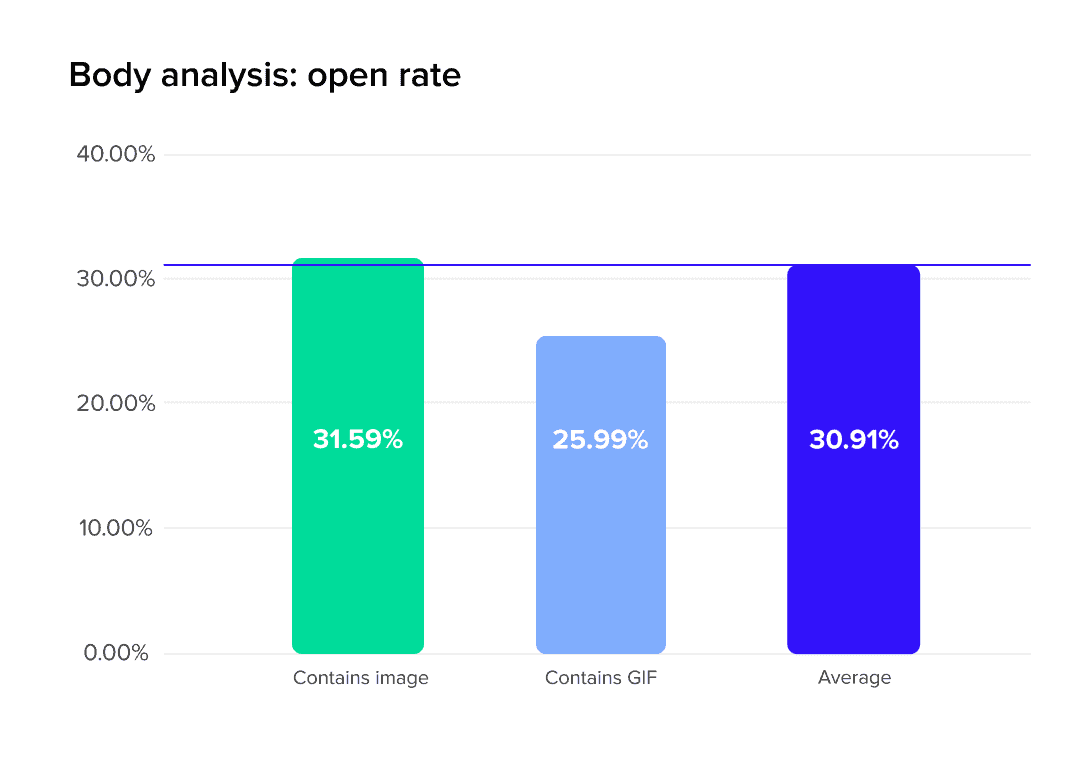
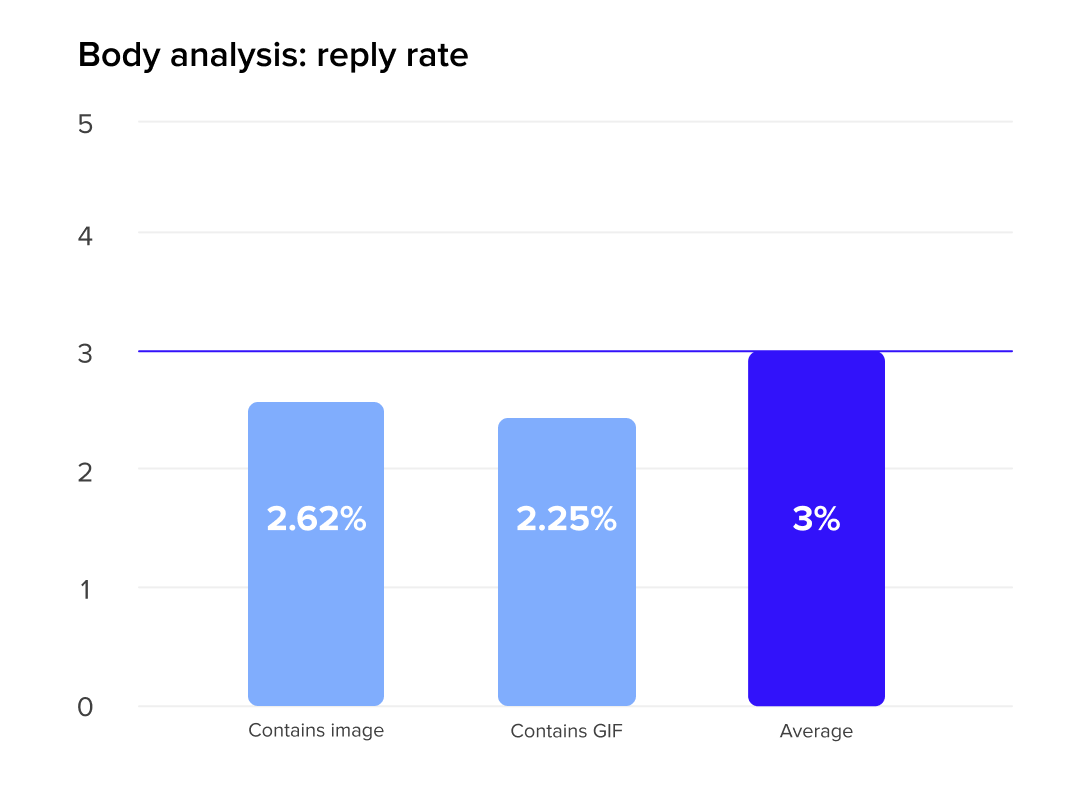
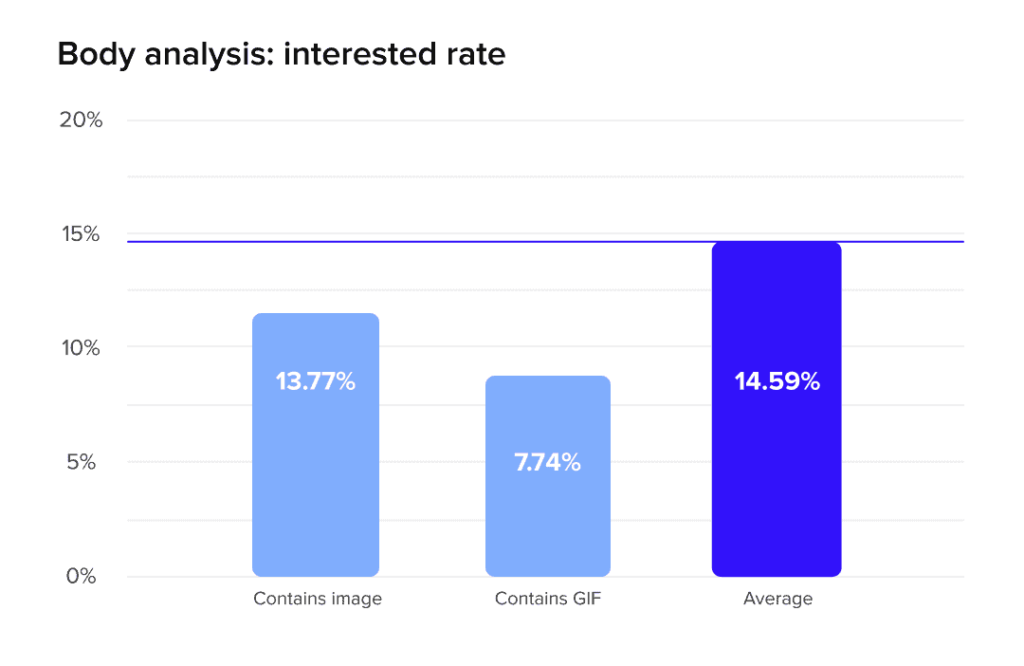
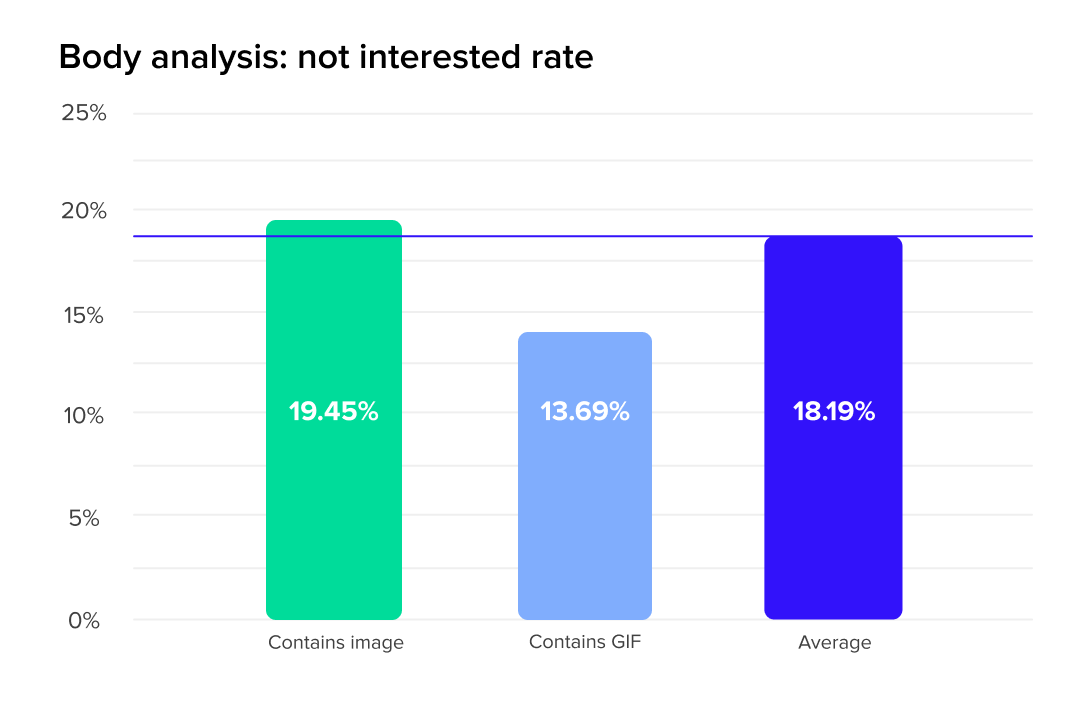
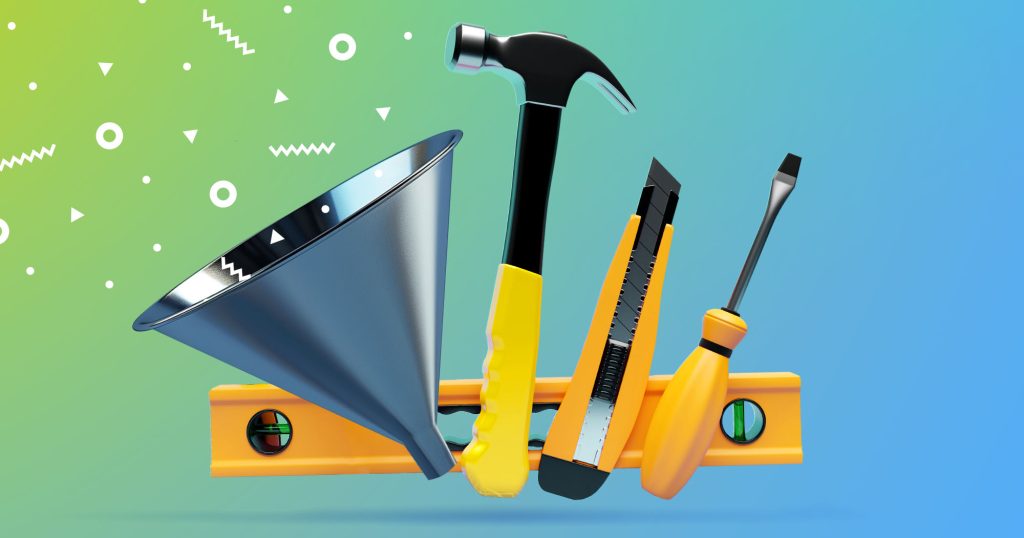
![Upselling and Cross-selling: The Go-To Guide [+7-Step Framework Inside] Upselling and Cross-selling: The Go-To Guide [+7-Step Framework Inside]](https://reply.io/wp-content/uploads/upsale-1024x538.jpg)

